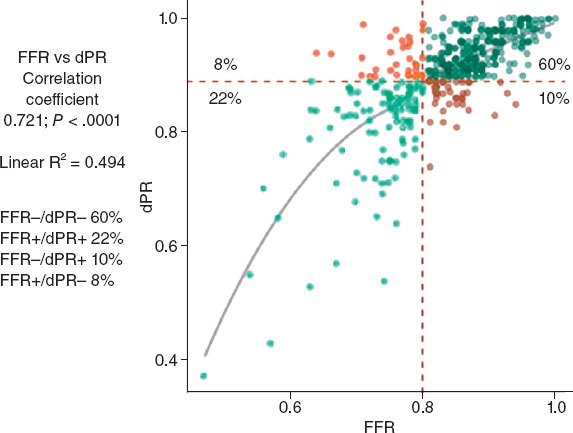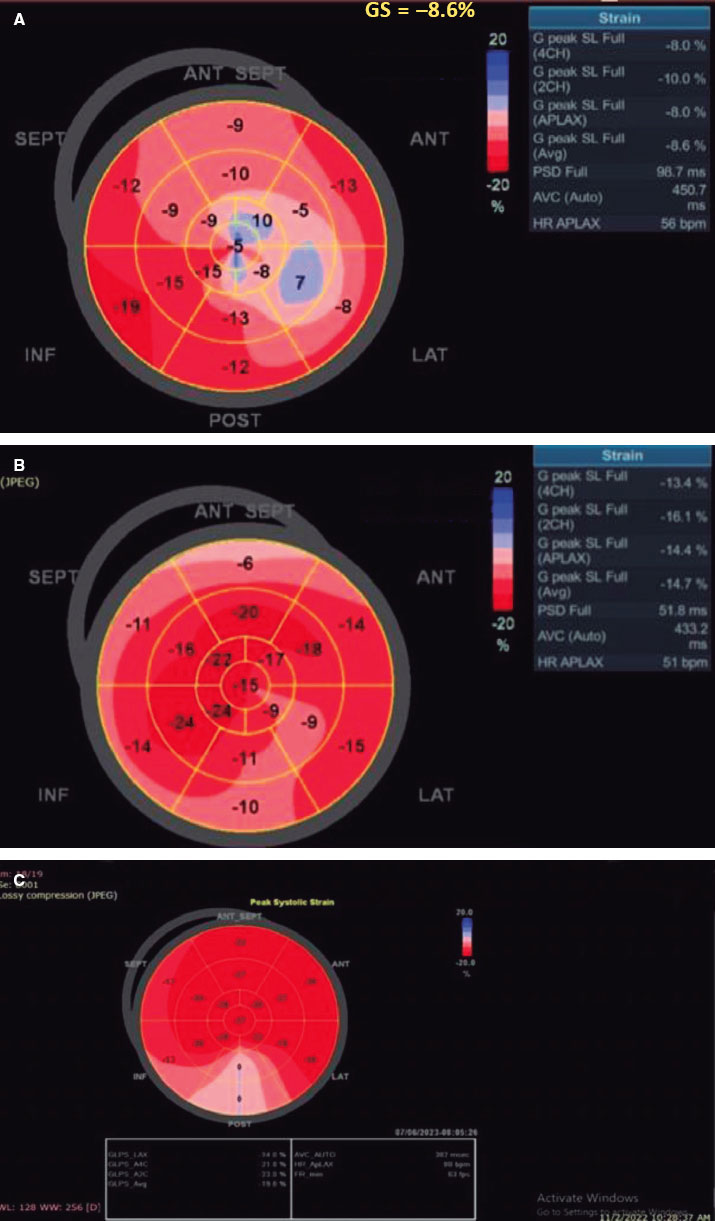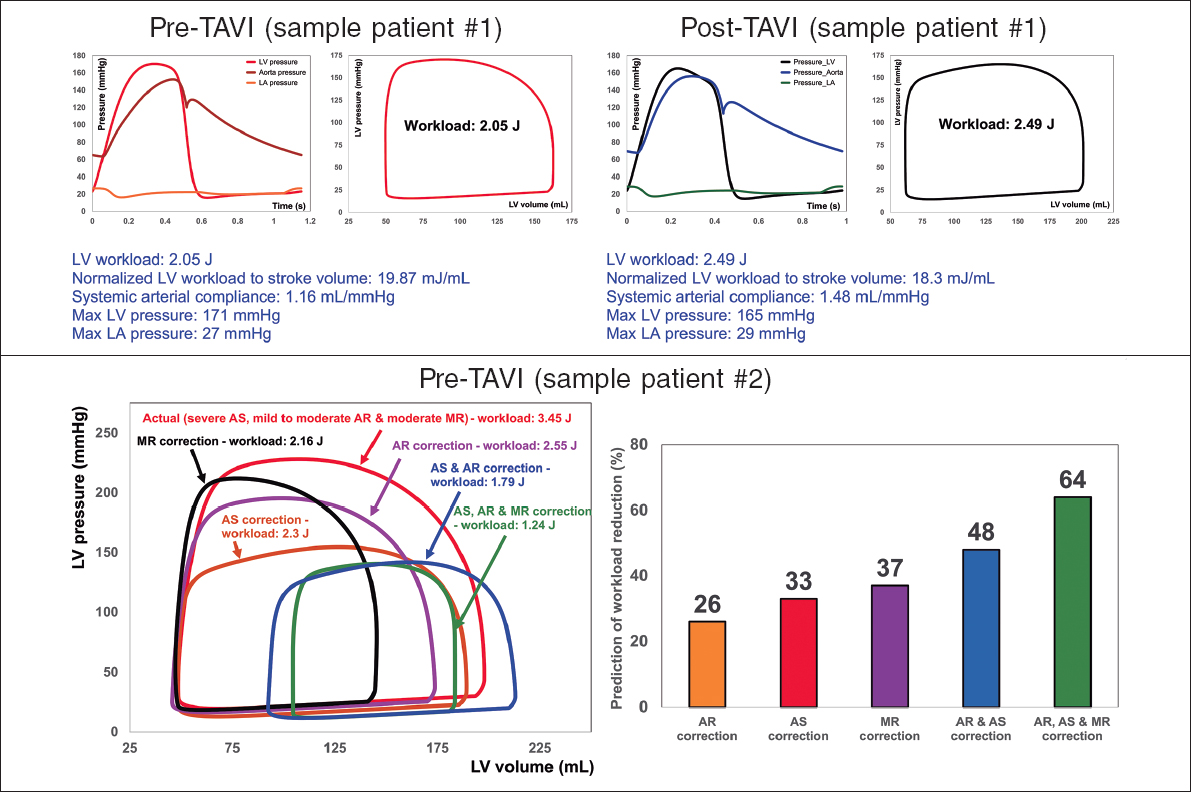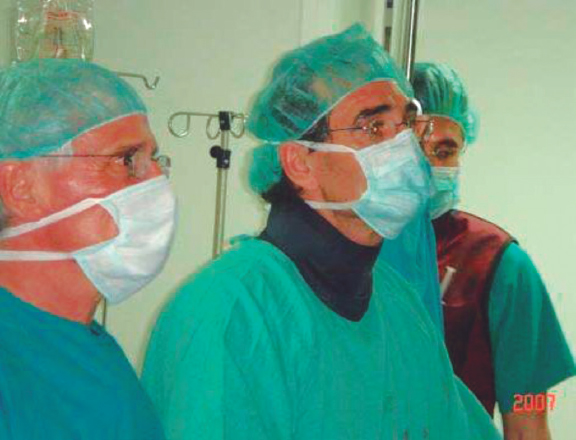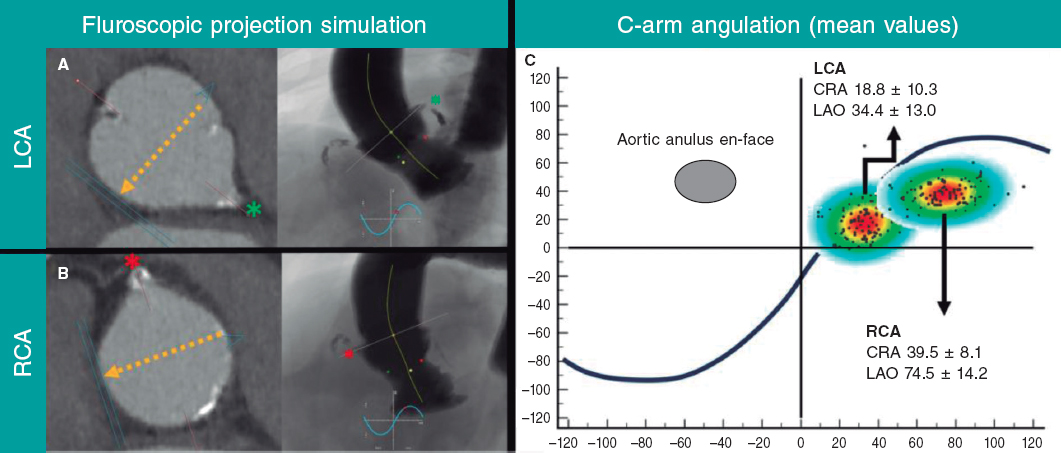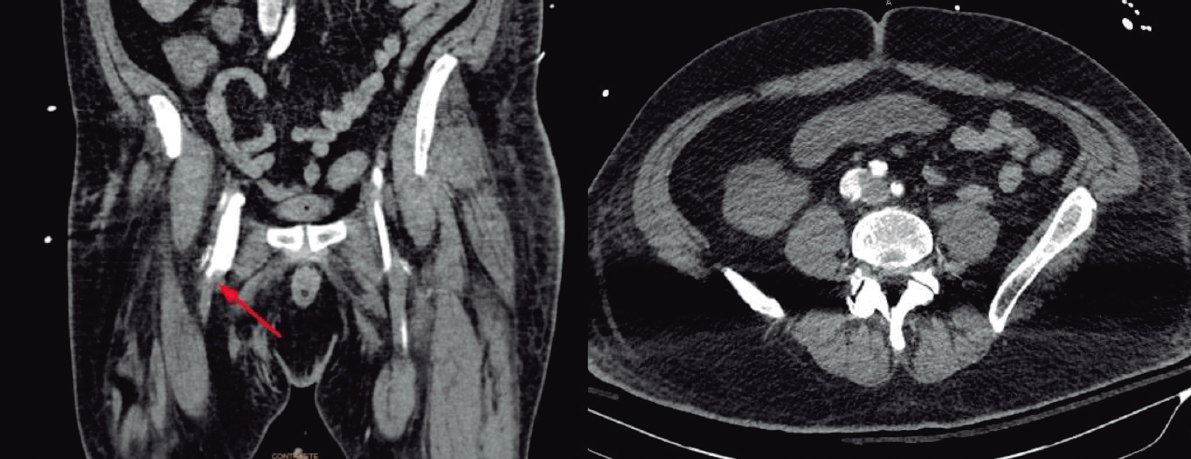INTRODUCTION
The history of coronary balloon angioplasty began in 1997 with the first percutaneous transluminal coronary angioplasty (PTCA) ever performed by Andreas Grüntzig.1 Some of the limitations of this technology were solved with the introduction of stents.2 Added to an improved pharmacological concomitant therapy in the form of dual platelet inhibition,3 the local drug delivery initially through stents (drug-eluting stents, DES)4 and then balloons (drug-coated balloons, DCB)5 improved long-term outcomes significantly. The history of coronary angioplasty was summarized in detail in various articles on the 40th anniversary of this technology.6,7
The local application of paclitaxel through DCB had begun to revolutionize the treatment of peripheral arterial disease (PAD).8 This advance was very helpful for patients regarding primary patency and quality of life, but received a severe setback in a meta-analysis that claimed that the use of paclitaxel DES and DCB was associated with a higher mortality rate at the 2- and 5-year follow-up.9
The objective of this editorial is to discuss the safety profile of drug-coated devices in the historical context of the 2006 “European Society of Cardiology (ESC) firestorm” on coronary DES, data available on the coronary use of paclitaxel coated devices, and the potential role of limus-based agents in DCB.
FIRST-GENERATION DES AND THE 2006 “ESC FIRESTORM”
After the publication of the RAVEL clinical trial on the Cypher sirolimus-eluting stent4 and the TAXUS trials on the Taxus paclitaxel-eluting stent,10 the DES rapidly gained momentum thanks to their significantly lower rate of restenosis compared to uncoated bare metal stents (BMS). In a direct comparison with the Cypher stent, the Taxus showed a higher rate of recurrence at the 9- to 12-month follow-up.11 The common view that sirolimus is more effective than paclitaxel is essentially based on these data. However, it should be emphasized that the Taxus stent was almost as effective as the Cypher stent beyond the 12-month follow-up and up to 10 years.12 The progress made by these first-generation DESs compared to modern DESs was based on the nowadays better controlled coating processes especially after improving stent platforms with thinner stent struts.13
However, there were also critical remarks to be made on the safety profile of coronary DESs. It has been reported that the delayed drug delivery from the stent struts prevents the implant endothelialization and increases the risk of thrombotic occlusion of the stent.14 The BASKET-LATE trial reported between 3 and 4 times more late deaths or myocardial infarctions15 with first-generation DESs. A hotline session held in Barcelona at the ESC congress of 2006 reported on 2 meta-analyses on a safety risk after sirolimus DES implantation.16,17 In both meta-analyses the events published at study level were divided by the total number of patients with intention-to-treat without observation of cross-over treatments and lost to follow-up numbers. This is similar to the recently controversial meta-analysis on paclitaxel coated devices for the management of PAD.9 The first DES meta-analysis showed significant differences in the mortality and Q-wave myocardial infarction rate at the late follow-up when the Cypher and bare metal stents were compared.16 This finding may be explained by a possibly higher rate of late stent thrombosis. However, the second meta-analysis showed that the higher mortality rate associated with the Cypher stent was due to a higher non-cardiac mortality rate, thus contradicting the mechanism of stent thrombosis.17 Despite these conflicting results, the government regulatory agencies worldwide were alarmed. The Food and Drug Administration (FDA) published several warning letters that eventually limited the indications for DESs.18 However, further analyses did not confirm such an increased risk.19 Also, the clinical trials that compared the Taxus stent to the BMS or the Cypher did not show higher rates of myocardial infarction or death.10,12 Thus, DES became the standard treatment for the management of coronary heart disease.20 Similarly, large contemporary registry studies and randomized studies have not confirmed any mortality signals for paclitaxel devices for the management of PAD21-24 It remains to be seen whether a similar comeback as with coronary DES will eventually happen.
PACLITAXEL-COATED BALLOONS
Currently, the clinical practice guidelines recommend DCBs for the management of in-stent restenosis (ISR) only.20 However, there is an increasing number of positive data on the treatment of de novo stenoses, particularly in small coronary vessels25,26 and risk indications.27,28 A patient-based meta-analysis of the trials that compared DCBs and DESs in DES-treated ISRs showed a similar 3-year safety profile for DCBs and DESs with numerically lower rates of events with DCB.29 Even individual studies that compared DCB with first-generation DES,30 BMS,27 or plain old balloon angioplasty31,32 reported significantly lower mortality rates after DCB implantation in the long term. However, these studies did not have enough statistical power to analyze this question. A recent meta-analysis of all randomized data on DCBs showed no differences in the mortality rate of DCBs and alternative treatments at the 1- and 2-year follow-up, but a significant survival benefit for DCBs regarding all-cause mortality and cardiac mortality at the 3-year follow-up.33
SIROLIMUS VS PACLITAXEL FOR LOCAL DRUG DELIVERY
When comparing paclitaxel and sirolimus regarding local drug delivery it is often said that sirolimus has a wider therapeutic window and paclitaxel is cytotoxic. However, these statements are not correct.
Cell culture experiments tell us that the exposure of smooth muscle cells or endothelial cells to paclitaxel leads to more pronounced dose-depending growth inhibition compared to sirolimus.34,35 There is an increasing release of cytosolic lactate dehydrogenase—a marker for cell death—when incubating the cells with paclitaxel from a concentration of ≥ 100 ng/mL.34 It should be mentioned that the paclitaxel DES only released 10% of the total amount of drug just as the comparable sirolimus DES because of this stronger antiproliferative effect. Regarding DCB, there are typically acute tissue levels of less than 100 ng/mg in the vessel wall.36 Also, only about 10 ng/mg of paclitaxel are biologically active. Otherwise, the solubility product in the tissue is exceeded. While toxic concentrations may well be reached in the DES in the area of the stent struts, distribution in the vessel wall is very homogeneous with local drug delivery through DCB.37 Also, tissue concentration decreases very rapidly after DCB treatment.36 Therefore, the theoretically possible cytotoxicity of paclitaxel is not a factor in the clinical use of DCB.
The second myth is the therapeutic window. A typical total dose of a paclitaxel DCB equals 0.4 mg (3 µg/mm2, 20 mm length, 3 mm diameter). The single dose per cancer treatment cycle is 100-175 mg/m2 of body surface area through intravenous administration,38 usually 300 mg per infusion. This results in a factor of 750 for paclitaxel as therapeutic window compared to systemic therapy. The typical daily oral dose of sirolimus for restenosis prevention is 2 mg.39 Depending on the specific sirolimus DCB used, the balloon dose is somewhere between 0.2 and 0.6 mg (1-4 µg/mm2, 20 mm length, 3 mm diameter). So far, clinical efficacy could only be proved for the high dose of sirolimus,40 which means a factor of 3 only compared to systemic therapy, a clearly smaller therapeutic window. If a sirolimus DCB is implanted on the superficial femoral artery, the dose delivered through the balloon is already above the systemic dose and should be contraindicated (table 1).
Table 1. Systemic vs local treatment. Therapeutic window of paclitaxel and sirolimus.
| Paclitaxel | Sirolimus | |
|---|---|---|
| Systemic treatment | 300 mg Single IV dose of 100-175 mg/m2 per cancer treatment cycle38 | 2 mg Daily oral dose for restenosis prevention39 |
| Local treatment (DCB) | 0.4 mg CAD 3.0/20 mm at 3 µg/mm2 5.5 mg PAD 5.0/80 mm at 3.5 µg/mm2 | 0.2-0.6 mg CAD 3.0/20 mm at 1-4 µg/mm2 1.6-6.4 mg PAD 5.0/80 mm at 1-4 µg/mm2 |
| Therapeutic window | CAD × 750 PAD × 55 | CAD x 3-10 PAD none |
CAD, coronary artery disease; DCB, drug-coated balloons; IV, intravenous; PAD, peripheral arterial disease. | ||
DISCUSSION AND FINAL REMARKS
The 2006 “ESC Firestorm” can be seen as a blueprint for the current paclitaxel controversy on the management of PAD. Interestingly enough, discussion at that time focused on sirolimus and not on paclitaxel. The current meta-analysis on the management of PAD with paclitaxel devices has several methodical flaws and has already been refuted. In any case, it has caused great damage to the entire field of local drug delivery for restenosis prevention. Too many patients are currently not receiving the therapy that works best for them and have to receive unnecessary revascularizations.
Regarding coronary paclitaxel DCB no associated mortality signals were seen. Just the opposite, there are indications that the therapy could even offer survival advantages in the longer term by avoiding permanent implants. The alternative of a sirolimus-coated balloon endorsed by many interventional cardiologists still has to prove its clinical efficacy. However, considering the necessary local doses compared to systemic therapy, the use of a sirolimus DCB for the management of PAD is questionable.
CONFLICTS OF INTEREST
B. Scheller is a shareholder of InnoRa GmbH, Berlin, and co-inventor on patent applications filed by Charité university hospital, Berlin, Germany.
REFERENCES
1. Gruntzig A. Transluminal dilatation of coronary-artery stenosis. Lancet. 1978;1:263.
2. Sigwart U, Puel J, Mirkovitch V, Joffre F, Kappenberger L. Intravascular stents to prevent occlusion and restenosis after transluminal angioplasty. N Engl J Med. 1987;316:701-706.
3. Colombo A, Hall P, Nakamura S, et al. Intracoronary Stenting without Anticoagulation Accomplished with Intravascular Ultrasound Guidance. Circulation. 1995;91:1676-1688.
4. Morice MC, Serruys PW, Sousa JE, et al. A randomized comparison of a sirolimus-eluting stent with a standard stent for coronary revascularization. N Engl J Med. 2002;346:1773-1780.
5. Scheller B, Hehrlein C, Bocksch W, et al. Treatment of coronary in-stent restenosis with a paclitaxel-coated balloon catheter. N Engl J Med. 2006;355:2113-2124.
6. Alfonso F, Scheller B. State of the art:balloon catheter technologies - drug-coated balloon. EuroIntervention. 2017;13:680-695.
7. Byrne RA, Stone GW, Ormiston J, Kastrati A. Coronary balloon angioplasty, stents, and scaffolds. Lancet. 2017;390:781-792.
8. Tepe G, Zeller T, Albrecht T, et al. Local delivery of paclitaxel to inhibit restenosis during angioplasty of the leg. N Engl J Med. 2008;358:689-699.
9. Katsanos K, Spiliopoulos S, Kitrou P, Krokidis M, Karnabatidis D. Risk of Death Following Application of Paclitaxel-Coated Balloons and Stents in the Femoropopliteal Artery of the Leg:A Systematic Review and Meta-Analysis of Randomized Controlled Trials. J Am Heart Assoc. 2018;7:e011245.
10. Ellis SG, Stone GW, Cox DA, et al. Long-term safety and efficacy with paclitaxel-eluting stents:5-year final results of the TAXUS IV clinical trial (TAXUS IV-SR:Treatment of De Novo Coronary Disease Using a Single Paclitaxel-Eluting Stent). JACC Cardiovasc Interv. 2009;2:1248-1259.
11. Windecker S, Remondino A, Eberli FR, et al. Sirolimus-eluting and paclitaxel-eluting stents for coronary revascularization. N Engl J Med. 2005;353:653-662.
12. Yamaji K, Räber L, Zanchin T, et al. Ten-year clinical outcomes of first-generation drug-eluting stents:the Sirolimus-Eluting vs. Paclitaxel-Eluting Stents for Coronary Revascularization (SIRTAX) VERY LATE trial. Eur Heart J. 2016;37:3386-3395.
13. Capodanno D. Very late outcomes of drug-eluting stents:the 'catch-down'phenomenon. Eur Heart J. 2016;37:3396-3398.
14. Joner M, Finn AV, Farb A, et al. Pathology of drug-eluting stents in humans:delayed healing and late thrombotic risk. J Am Coll Cardiol. 2006;48:193-202.
15. Pfisterer M, Brunner-La Rocca HP, Buser PT, et al. Late clinical events after clopidogrel discontinuation may limit the benefit of drug-eluting stents:an observational study of drug-eluting versus bare-metal stents. J Am Coll Cardiol. 2006;48:2584-2591.
16. Camenzind E, Steg PG, Wijns W. Stent thrombosis late after implantation of first-generation drug-eluting stents:a cause for concern. Circulation. 2007;115:1440-1455;discussion 1455.
17. Nordmann AJ, Briel M, Bucher HC. Mortality in randomized controlled trials comparing drug-eluting vs. bare metal stents in coronary artery disease:a meta-analysis. Eur Heart J. 2006;27:2784-2814.
18. Farb A, Boam AB. Stent thrombosis redux--the FDA perspective. N Engl J Med. 2007;356:984-987.
19. Kastrati A, Mehilli J, Pache J, et al. Analysis of 14 trials comparing sirolimus-eluting stents with bare-metal stents. N Engl J Med. 2007;356:1030-1039.
20. Neumann FJ, Sousa-Uva M, Ahlsson A, et al.;ESC Scientific Document Group. 2018 ESC/EACTS Guidelines on myocardial revascularization. Eur Heart J. 2019;40:87-165.
21. Secemsky EA, Kundi H, Weinberg I, et al. Association of Survival With Femoropopliteal Artery Revascularization With Drug-Coated Devices. JAMA Cardiol. 2019;4:332-340.
22. Freisinger E, Koeppe J, Gerss J, et al. Mortality after use of paclitaxel-based devices in peripheral arteries:a real-world safety analysis. Eur Heart J. 2019. https://doi.org/10.1093/eurheartj/ehz698.
23. Albrecht T, Schnorr B, Kutschera M, Waliszewski MW. Two-Year Mortality After Angioplasty of the Femoro-Popliteal Artery with Uncoated Balloons and Paclitaxel-Coated Balloons-A Pooled Analysis of Four Randomized Controlled Multicenter Trials. Cardiovasc Intervent Radiol. 2019;42:949-955.
24. Schneider PA, Laird JR, Doros G, et al. Mortality Not Correlated With Paclitaxel Exposure:An Independent Patient-Level Meta-Analysis of a Drug-Coated Balloon. J Am Coll Cardiol. 2019;73:2550-2563.
25. Latib A, Ruparelia N, Menozzi A, et al. 3-Year Follow-Up of the Balloon Elution and Late Loss Optimization Study (BELLO). JACC Cardiovasc Interv. 2015;8:1132-1134.
26. Jeger RV, Farah A, Ohlow MA, et al. Drug-coated balloons for small coronary artery disease (BASKET-SMALL 2):an open-label randomised non-inferiority trial. Lancet. 2018;392:849-856.
27. Rissanen TT, Uskela S, Eränen J, et al. Drug-coated balloon for treatment of de-novo coronary artery lesions in patients with high bleeding risk (DEBUT):a single-blind, randomised, non-inferiority trial. Lancet. 2019;394:230-239.
28. Scheller B, Ohlow MA, Ewen S, et al. Randomized Comparison of Bare Metal or Drug-Eluting Stent versus Drug Coated Balloon in Non-ST-Elevation Myocardial Infarction - PEPCAD NSTEMI. EuroIntervention. 2019. https://doi.org/10.4244/EIJ-D-19-00723.
29. Giacoppo D, Alfonso F, Xu B, et al. Paclitaxel-coated balloon angioplasty vs. drug-eluting stenting for the treatment of coronary in-stent restenosis:a comprehensive, collaborative, individual patient data meta-analysis of 10 randomized clinical trials (DAEDALUS study). Eur Heart J. 2019. https://doi.org/10.1093/eurheartj/ehz594.
30. Kufner S, Cassese S, Valeskini M, et al. Long-Term Efficacy and Safety of Paclitaxel-Eluting Balloon for the Treatment of Drug-Eluting Stent Restenosis:3-Year Results of a Randomized Controlled Trial. JACC Cardiovasc Interv. 2015;8:877-884.
31. Rittger H, Waliszewski M, Brachmann J, et al. Long-Term Outcomes After Treatment With a Paclitaxel-Coated Balloon Versus Balloon Angioplasty:Insights From the PEPCAD-DES Study (Treatment of Drug-eluting Stent [DES] In-Stent Restenosis With SeQuent Please Paclitaxel-Coated Percutaneous Transluminal Coronary Angioplasty [PTCA] Catheter). JACC Cardiovasc Interv. 2015;8:1695-1700.
32. Scheller B, Clever YP, Kelsch B, et al. Long-Term Follow-Up After Treatment of Coronary In-Stent Restenosis With a Paclitaxel-Coated Balloon Catheter. J JACC Cardiovasc Interv. 2012;5:323-330.
33. Scheller B. Vukadinovic D, Jeger, et al. Survival After Coronary Revascularization With Paclitaxel-Coated Balloons. J Am Coll Cardiol. 2020;75:1017-1028.
34. Wessely R, Blaich B, Belaiba RS, et al. Comparative characterization of cellular and molecular anti-restenotic profiles of paclitaxel and sirolimus. Implications for local drug delivery. Thromb Haemost. 2007;97:1003-1012.
35. Clever YP, Cremers B, Krauss B, et al. Paclitaxel and sirolimus differentially affect growth and motility of endothelial progenitor cells and coronary artery smooth muscle cells. EuroIntervention. 2011;7:K32-K42.
36. Gongora CA, Shibuya M, Wessler JD, et al. Impact of Paclitaxel Dose on Tissue Pharmacokinetics and Vascular Healing:A Comparative Drug-Coated Balloon Study in the Familial Hypercholesterolemic Swine Model of Superficial Femoral In-Stent Restenosis. JACC Cardiovasc Interv. 2015;8:1115-1123.
37. Scheller B, Speck U, Bohm M. Prevention of restenosis:is angioplasty the answer?Heart. 2007;93:539-541.
38. Rowinsky EK, Donehower RC. Paclitaxel (taxol). N Engl J Med. 1995;332:1004-1014.
39. Waksman R, Ajani AE, Pichard AD, et al. Oral rapamycin to inhibit restenosis after stenting of de novo coronary lesions:the Oral Rapamune to Inhibit Restenosis (ORBIT) study. J Am Coll Cardiol. 2004;44:1386-1392.
40. Ali RM, Abdul Kader MASK, Wan Ahmad WA, et al. Treatment of Coronary Drug-Eluting Stent Restenosis by a Sirolimus- or Paclitaxel-Coated Balloon. JACC Cardiovasc Interv. 2019;12:558-566.
Corresponding author: Clinical and Experimental Interventional Cardiology, University of Saarland, 66421 Homburg/Saar, Germany.
E-mail address: bruno.scheller@uks.eu (B. Scheller).


